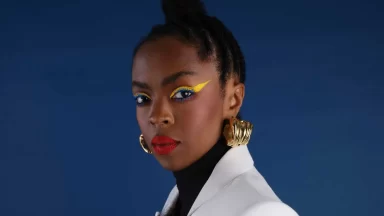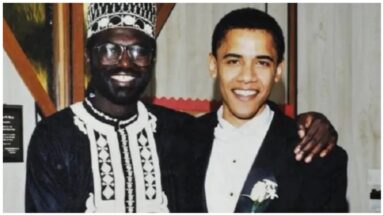PATTI LABELLE’S superpower is a spellbinding scream — a refined shriek, really — that makes hairs stand at attention, bones shiver and spines twist. It was 1975 when I first heard it. I was 10, in my parents’ South Bronx tenement, where the radio station WBLS — offering “the total Black experience in sound,” as the promos said — was always on during our morning rush to school. That’s when it hit me — “Creole Lady Marmalaaaaade,” the last word of those titular lyrics, which debuted the year before, filling the air. My first Patti LaBelle moment. There have been many such moments since — like hearing “Love, Need and Want You” (1983), which I put on the very first slow-jam tape I made as a teen — and with each one, the only logical reaction is to throw up your hands, kick off your shoes and, on occasion, break out in a praise dance.
There’s no such thing as a passive response to a Patti LaBelle song — nor should there be. LaBelle came to prominence in the 1970s, a decade that was defined by the greatest generation of divas of soul and gospel music: Aretha Franklin, Diana Ross, Shirley Caesar, Gladys Knight and Inez Andrews, as well as the relative youngsters Chaka Khan and Natalie Cole. But there was something so relatable about LaBelle, who reminded you of your favorite church soloist or the girl at the high school talent show who could saaang, not just sing. LaBelle has been described as the Godmother of Soul, a master of one of America’s classic art forms, but that moniker ultimately fails to capture the singularity of her musical prowess: Perhaps more than any living performer, LaBelle sits at the intersections of soul and gospel, the former a genre that is indebted to the latter. Gospel is a form of Black religious music that emerged in the 1930s courtesy of Thomas A. Dorsey, the onetime pianist for the blues legend Ma Rainey who also wrote the classic “Take My Hand, Precious Lord.” Soul took shape in the 1950s, in large part because of Ray Charles, who added secular lyrics to the melodies of familiar gospel songs, most famously with the track “I Got a Woman” (1954), an early remix of sorts of the Southern Tones’ “It Must Be Jesus.” Many Black churchgoers considered Charles’s music blasphemous, but he opened a portal to a generation of gospel singers like Sam Cooke, Johnnie Taylor and Franklin, who became early stars of the new genre.
Black women to serve on Biden’s all-women communications team
But LaBelle is more than someone who exhibits a mastery of soul and gospel; she is “church,” a style of singing taken from Black Pentecostal and Baptist musical traditions, where gospel music is unfettered by the business of religion and soul is unfettered by expectations of the music industry. LaBelle’s rendition of the ABCs on “Sesame Street” in 1998 is just one example. She begins in a slow, bluesy style, accompanied by a piano, and as a congregation of Muppets joins in, the song is transformed into a sanctified shout, performed with a fervor no one had ever had for the ABCs — and perhaps never will again. It was church.
IT FELT LIKE the last day of summer on the autumn afternoon that I arrived at LaBelle’s home, just north of Philadelphia — the whir of her family and staff was not unlike that of children during recess. While Tupac Shakur and Dr. Dre’s “California Love” played in the background at LaBelle’s request, the photographers Deb Willis and Hank Willis Thomas went about the work of capturing a woman who is beyond simple impressions. Watching them made me think of Roy DeCarava’s classic photos of Ornette Coleman, Billie Holiday or John Coltrane, or Malcolm X taking a photo of Muhammad Ali — one of the most photographed Black Americans of the 20th century taking pictures of one of the most photographed Black Americans of the 20th century. In other words: an alignment of Black brilliance and genius.



Recent Comments